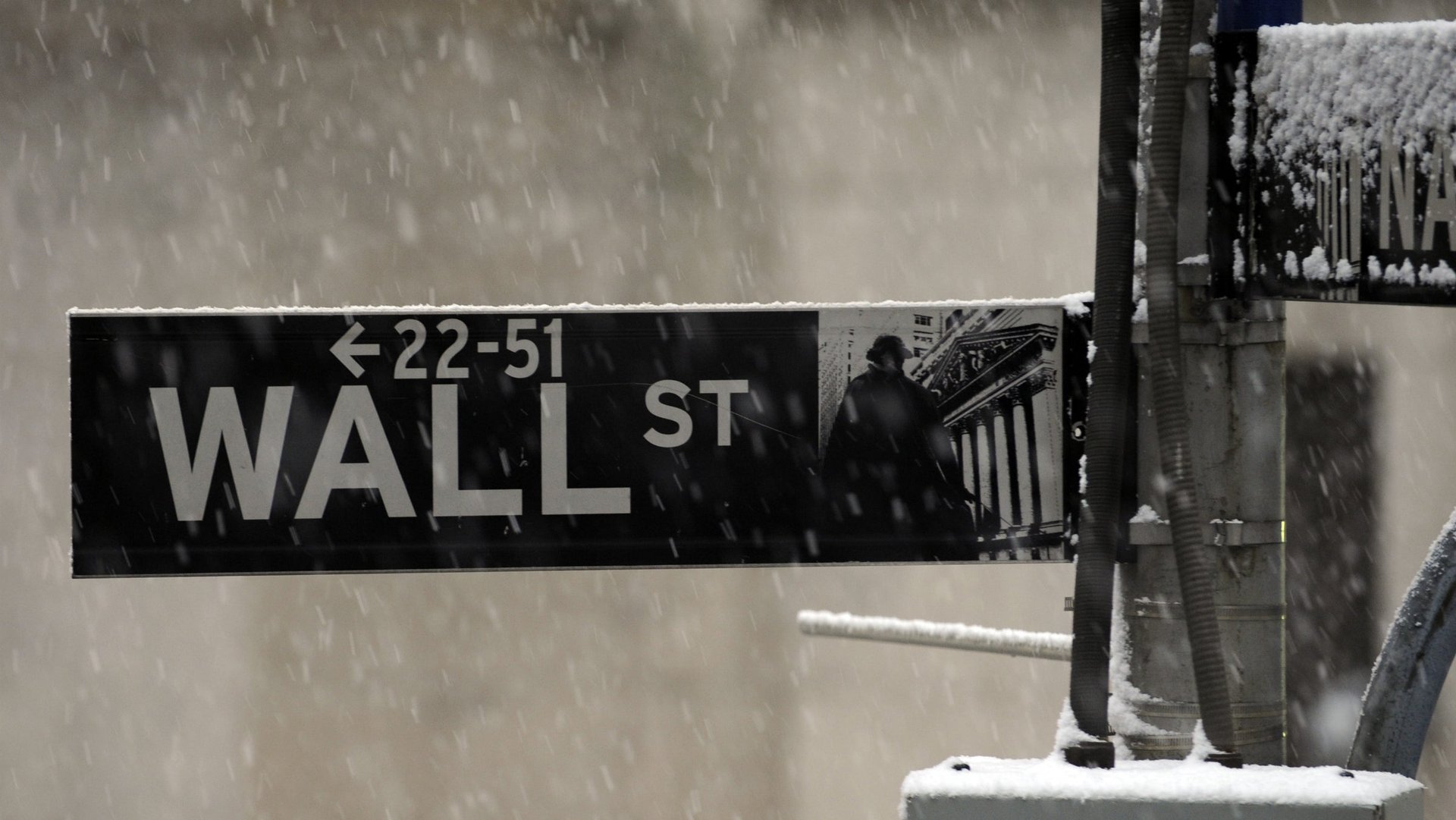The newest way US regulators could slash bank profits
As we wrote a few days ago, the US Federal Reserve is hard at work on ways to prevent failing banks from weakening the wider financial system. These proposed measures include higher capital requirements, which are likely to be expensive for banks. But banks are now shifting their attention to another piece of the regulation puzzle: the requirement that banks issue long-term debt.


As we wrote a few days ago, the US Federal Reserve is hard at work on ways to prevent failing banks from weakening the wider financial system. These proposed measures include higher capital requirements, which are likely to be expensive for banks. But banks are now shifting their attention to another piece of the regulation puzzle: the requirement that banks issue long-term debt.
This potentially expensive measure is part of the plans under Dodd-Frank financial reform for dealing with a failed bank. Already, Dodd-Frank will require banks to keep more cash on hand at all times to prevent against failure, something Basel III rules stipulate as well. In addition, each bank will be structured as a holding company, with multiple subsidiaries containing different operations.
That lays the groundwork for a new way of handling bank failures—something regulators call the “single point of entry” approach under Title II of Dodd-Frank. If a bank fails, the assets and non-toxic liabilities of its subsidiary companies would be placed into another “bridge” company. The government would then nationalize this bridge company in order to keep the old bank’s operations running as the subsidiaries are sold off or liquidated. The toxic assets, however, would be left in the now-bankrupt holding company and the bank’s equity shareholders would be wiped out.
On top of that, the Fed is now considering a policy that would force healthy banks to issue unsecured long-term debt, preparing them for the possibility of failure down the road. The rationale here is that the government recognizes it probably wouldn’t excel at running the bridge company that would emerge from a failed bank, and it wants to make sure that a bank’s creditors can’t run away (it’s easy for short-term creditors to pull their money out). If that bank had long-term creditors, however, they could step in to take over operations of the nationalized bridge company—in much the same way that creditors step in to manage assets in normal corporate bankruptcy procedures.
At first blush, this all sounds pretty straightforward. The US government would be able to resolve banks in one fell swoop, and the bank’s long-term creditors would play an important role. Moreover, major investment banks—the JP Morgans and Citigroups of the world—already issue a lot of short-term unsecured debt, funding which becomes scarce in a crisis, and so long-term debt requirements might even help them stabilize operations (i.e. they’d have to roll over debt less frequently).
If passed, however, the provision could impose much higher debt-servicing costs on all banks—costs that could prove especially burdensome for those that seldom issue debt and that don’t take the same kinds of risks as bread-and-butter investment banks. That’s the worry The Clearing House airs in a white paper published last month (pdf):
Any such universal requirement, which could include a requirement to hold minimum amounts of long term debt, would inevitably be insufficient for some institutions and impose an unfair and unnecessary burden on others.
This is of particular concern for “wholesale” or “custodian” banks like State Street and Bank of New York Mellon, which typically act as intermediaries for clients investing in a third party. With $2.1 trillion and $1.4 trillion in assets under management, respectively, these banks focus more on managing wealth than on trading or investment banking. They also tend to make less risky bets than their Wall Street counterparts, at least in their day-to-day business. Making them take on long-term debt could encumber them with new, high debt-servicing costs.
“Servicing the debt would really cut back profits,” said an industry insider who spoke to Quartz on the condition of anonymity. “It sort of perverts the whole system of equity and capital markets.”
It’s little surprise, then, that rules on long-term debt are likely to become prominent in the debate as Dodd-Frank is finalized. To date, no official proposals have been made on this issue, and it’s not clear just how much long-term debt a bank would be forced to issue. However, if a bank has to amass capital and devote money towards paying down debt, then it will have less cash to devote towards normal operations like lending. Regulators may be try to protect the financial system from banks that go bad, but how much protection is too much?